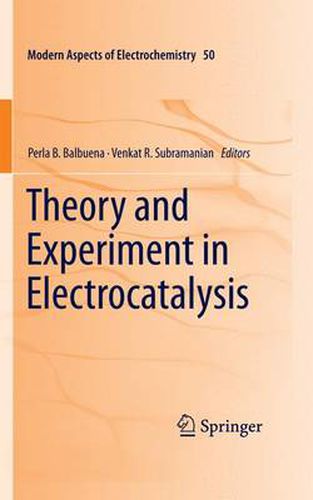Readings Newsletter
Become a Readings Member to make your shopping experience even easier.
Sign in or sign up for free!
You’re not far away from qualifying for FREE standard shipping within Australia
You’ve qualified for FREE standard shipping within Australia
The cart is loading…






This title is printed to order. This book may have been self-published. If so, we cannot guarantee the quality of the content. In the main most books will have gone through the editing process however some may not. We therefore suggest that you be aware of this before ordering this book. If in doubt check either the author or publisher’s details as we are unable to accept any returns unless they are faulty. Please contact us if you have any questions.
Electrocatalysts are the heart of power devices where electricity is produced via conversion of chemical into electrical energy. - pressive advances in surface science techniques and in first pr- ciples computational design are providing new avenues for signi- cant improvement of the overall efficiencies of such power dev- es, especially because of an increase in the understanding of el- trocatalytic materials and processes. For example, the devel- ment of high resolution instrumentation including various electron and ion-scattering and in-situ synchrotron spectroscopies, elect- chemical scanning tunneling microscopy, and a plethora of new developments in analytical chemistry and electrochemical te- niques, permits the detailed characterization of atomic distribution, before, during, and after a reaction takes place, giving unpre- dented information about the status of the catalyst during the re- tion, and most importantly the time evolution of the exposed ca- lytic surfaces at the atomistic level. These techniques are c- plemented by the use of ab initio methods which do not require input from experimental information, and are based on numerical solutions of the time-independent Schrodinger equation including electron-electron and electron-atom interactions. These fir- principles computational methods have reached a degree of - turity such that their use to provide guidelines for interpretation of experiments and for materials design has become a routine practice in academic and industrial communities.
$9.00 standard shipping within Australia
FREE standard shipping within Australia for orders over $100.00
Express & International shipping calculated at checkout
This title is printed to order. This book may have been self-published. If so, we cannot guarantee the quality of the content. In the main most books will have gone through the editing process however some may not. We therefore suggest that you be aware of this before ordering this book. If in doubt check either the author or publisher’s details as we are unable to accept any returns unless they are faulty. Please contact us if you have any questions.
Electrocatalysts are the heart of power devices where electricity is produced via conversion of chemical into electrical energy. - pressive advances in surface science techniques and in first pr- ciples computational design are providing new avenues for signi- cant improvement of the overall efficiencies of such power dev- es, especially because of an increase in the understanding of el- trocatalytic materials and processes. For example, the devel- ment of high resolution instrumentation including various electron and ion-scattering and in-situ synchrotron spectroscopies, elect- chemical scanning tunneling microscopy, and a plethora of new developments in analytical chemistry and electrochemical te- niques, permits the detailed characterization of atomic distribution, before, during, and after a reaction takes place, giving unpre- dented information about the status of the catalyst during the re- tion, and most importantly the time evolution of the exposed ca- lytic surfaces at the atomistic level. These techniques are c- plemented by the use of ab initio methods which do not require input from experimental information, and are based on numerical solutions of the time-independent Schrodinger equation including electron-electron and electron-atom interactions. These fir- principles computational methods have reached a degree of - turity such that their use to provide guidelines for interpretation of experiments and for materials design has become a routine practice in academic and industrial communities.